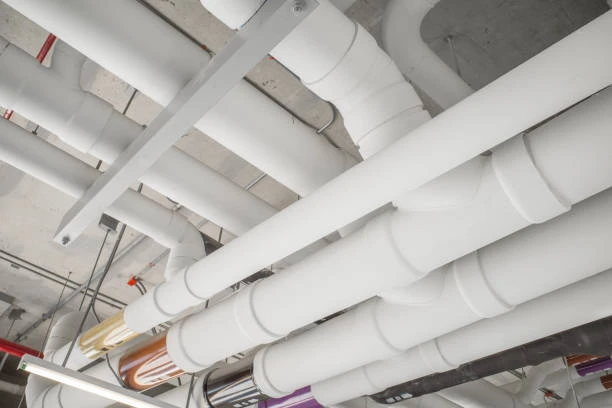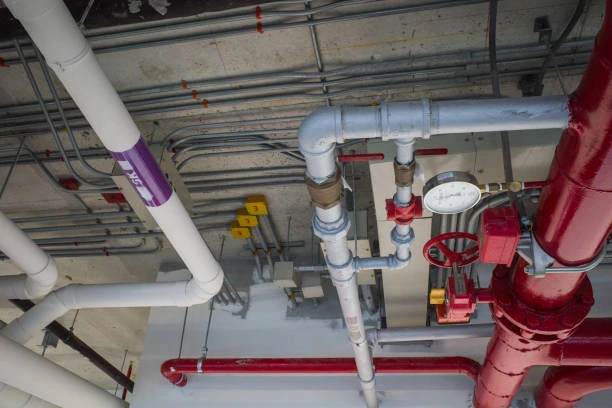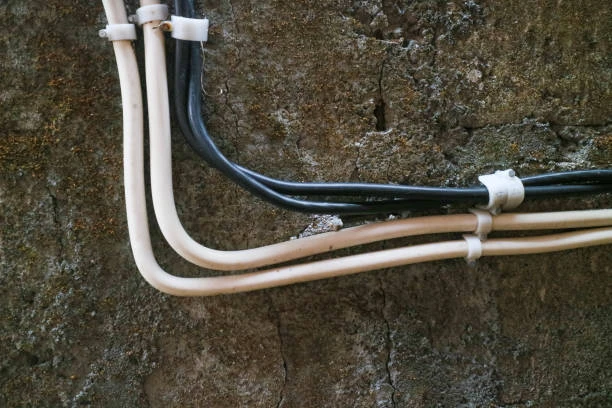Introduction
Maintaining precise temperature control is crucial in modern heating systems, whether in residential setups or large-scale industrial operations. A stable thermal environment ensures energy efficiency, system longevity, and user comfort. One component playing a vital but often overlooked role in this temperature balance is the copper ball valve. While components like the roller valve are commonly associated with flow regulation, copper ball valves are equally critical, offering long-lasting reliability and stable thermal performance in heating systems.
This article explores how copper ball valves help regulate temperature in heating systems. We will look at their key features, industry applications, selection tips, installation advice, and how they compare to plastic valves. Whether you’re a heating technician, plumbing engineer, or system designer, understanding these components ensures better decisions and optimal system performance.
Frequently Asked Questions (FAQ)
1. What is a roller valve, and how does it compare to a ball valve?
A roller valve uses a rolling mechanism to control flow, typically in pneumatic or hydraulic systems. In contrast, a ball valve uses a spherical closure element and is more suitable for heating systems due to its high-pressure tolerance and temperature stability.
2. Can copper ball valves handle high temperatures in heating systems?
Yes. Copper ball valves are ideal for high-temperature applications, often withstanding operating temperatures up to 120°C or higher, depending on the seal material.
3. Are copper ball valves better than plastic ones for heating systems?
Generally, yes. Copper ball valves resist deformation under heat and pressure, making them more durable and reliable in heating environments.
4. What size copper valve is best for household heating?
Common sizes range from 15mm to 28mm for domestic systems. The right size depends on the pipework and heating load. Always consult system specifications.
5. How do copper ball valves help maintain temperature balance?
They allow precise control over water flow, enabling balanced distribution of heat in radiators, underfloor heating, or central systems.
What Is a Copper Ball Valve? Key Features Explained
A copper ball valve is a quarter-turn shut-off valve that controls fluid flow using a hollow, perforated, and pivoting ball. It connects to copper or brass piping and is commonly used in hot and cold water supply systems.
Core Features of Copper Ball Valves:
Thermal Conductivity: Copper naturally resists extreme temperatures without warping or degrading, making it perfect for heating applications.
Quick Control: Operates with a simple quarter-turn for fast shut-off or modulation.
Corrosion Resistance: Copper resists corrosion, especially when made from DZR (Dezincification Resistant) brass.
High Pressure Tolerance: Most valves are rated for 16–40 bar (230–580 psi), suitable for high-demand systems.
Reliable Sealing: Incorporates PTFE or EPDM seals for leak-free performance over many years.
These features make copper ball valves a mainstay not only in basic plumbing but also in high-performance systems involving heating and pressure regulation—unlike specialised valves like the roller valve, which may not withstand high temperatures.
Applications and Industries Using Copper Ball Valves
Copper ball valves are highly versatile and can be found across a wide range of heating and thermal applications:
Residential and Commercial Heating:
Radiator control valves for individual room temperature adjustment
Underfloor heating loops to regulate flow per zone
Boiler inlet and outlet valves for temperature isolation and safety
Water heater circuits for reliable shut-off during maintenance
Industrial Heating Systems:
District heating networks
Steam heating and process water systems
HVAC systems in commercial buildings
Hot water recirculation systems
While valves like the roller valve may be used in mechanical equipment for pressure regulation, copper ball valves are preferred in heating applications for their thermal and mechanical stability.
How to Choose the Right Copper Ball Valve for Heating
Choosing the correct valve for your system ensures efficiency, safety, and longevity. Here are some key factors to guide your decision:
1. Material Quality
Look for valves made from high-grade brass or DZR copper alloy. These materials resist corrosion and are suitable for high-temperature environments. Avoid low-cost, zinc-heavy alternatives.
2. Valve Size
Match the valve size to your piping system—commonly 15mm to 28mm for domestic, larger for industrial systems. Undersized valves can restrict flow, while oversized ones may be cost-inefficient.
3. Colour and Finish
Valves are often uncoated copper or chrome-plated for durability. Chrome-plated options are better for exposed areas due to added resistance against corrosion and tarnish.
4. Certifications and Standards
Choose valves with certifications such as ISO, EN, or ASTM. This ensures compliance with safety and durability standards, especially for heating systems under pressure and temperature stress.
5. Handle Design and Safety Features
Select a valve with an ergonomic, insulated handle for safe use. In some commercial or industrial cases, opt for lockable handles to prevent accidental operation.
Installation Guidelines for Copper Ball Valves in Heating Systems
Proper installation guarantees leak-free, efficient performance. Follow these steps for best results:
Clean pipes and fittings thoroughly before assembly. Any debris can damage seals.
Apply PTFE tape or approved sealant to threaded ends.
Use the correct torque. Over-tightening may crack fittings.
Ensure proper alignment of the valve with the flow direction (if marked).
Test the valve post-installation by gradually introducing water and checking for leaks.
Leave valves in the open position if the system is not yet in operation, to prevent pressure build-up.
Avoid installing copper ball valves near corrosive chemical discharge areas or where galvanic corrosion may occur unless using insulating joints.
Copper Ball Valves vs Plastic Valves – A Practical Comparison
| Feature | Copper Ball Valve | Plastic Valve (PVC/PP/PE) |
|---|---|---|
| Temperature Resistance | High – up to 120°C or more | Low to Moderate – up to 60°C typically |
| Pressure Capacity | High – 16–40 bar | Moderate – often limited to 10 bar |
| Thermal Expansion | Low – maintains shape under heat | High – may deform in heating systems |
| Durability/Lifespan | 15–25 years | 5–10 years (depending on usage) |
| Corrosion Resistance | Excellent (especially with DZR brass) | Good, but limited to specific environments |
| Cost | Higher initial cost | Lower upfront cost |
| Best Use Case | Heating, high-temp systems | Cold water, low-temp applications |
This table highlights why copper valves are ideal for heating systems, while plastic valves are more suitable for low-pressure, non-heated applications.
Conclusion
The performance and efficiency of a heating system depend heavily on every component functioning seamlessly—and copper ball valves are no exception. These valves offer robust temperature stability, corrosion resistance, and reliable operation that supports balanced and safe heat distribution across systems of all scales.
While roller valves serve specific roles in mechanical systems, copper ball valves are essential in heating setups where consistent thermal performance is non-negotiable. Their construction and performance make them the preferred choice for both professionals and end users who value safety and durability.
Connect
IFAN is a professional manufacturer in China with over 30 years of experience producing copper valves, copper fittings, plastic pipes, and associated plumbing and heating components. We support global clients with products designed to meet exacting industry standards.
If you’re looking for a reliable partner for your heating, plumbing, or piping project—including ball valves suitable for roller valve assemblies or high-temperature applications—don’t hesitate to get in touch.
- For more information,pls visit our webside https://waterpipefitting.com/
Pls Mailto: [email protected]
Whatsapp: +86 15088288323
Our team responds to all queries within 24 hours. For faster support, you may contact us directly by phone.
IFAN Product International Standards
To ensure consistent quality and safety, IFAN products comply with a broad range of international standards, including:
ISO 15874, EN 15874, ASTM F2389, DIN 8077/8078, GB/T 18742, NBR 15884, ISO 15494, EN ISO 15494, GB/T 19472, ASTM 2846, ASTM F441/F441M SCH80, CSA B137.6, NSF/ANSI 14, AS/NZS 1477, JIS K6741, and many others.
This adherence ensures our copper ball valves and other products are suitable for global distribution in both domestic and industrial markets.














Recent Comments